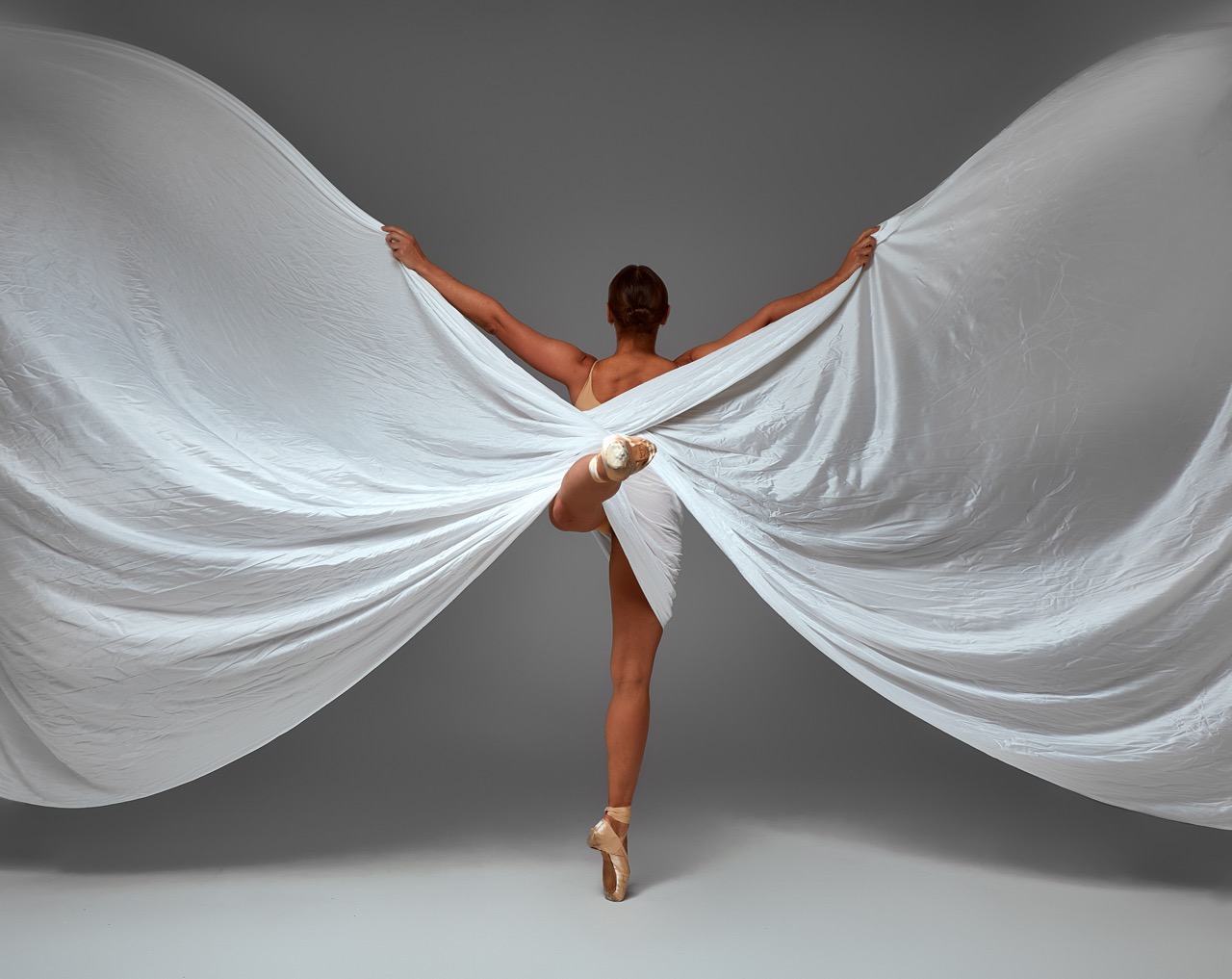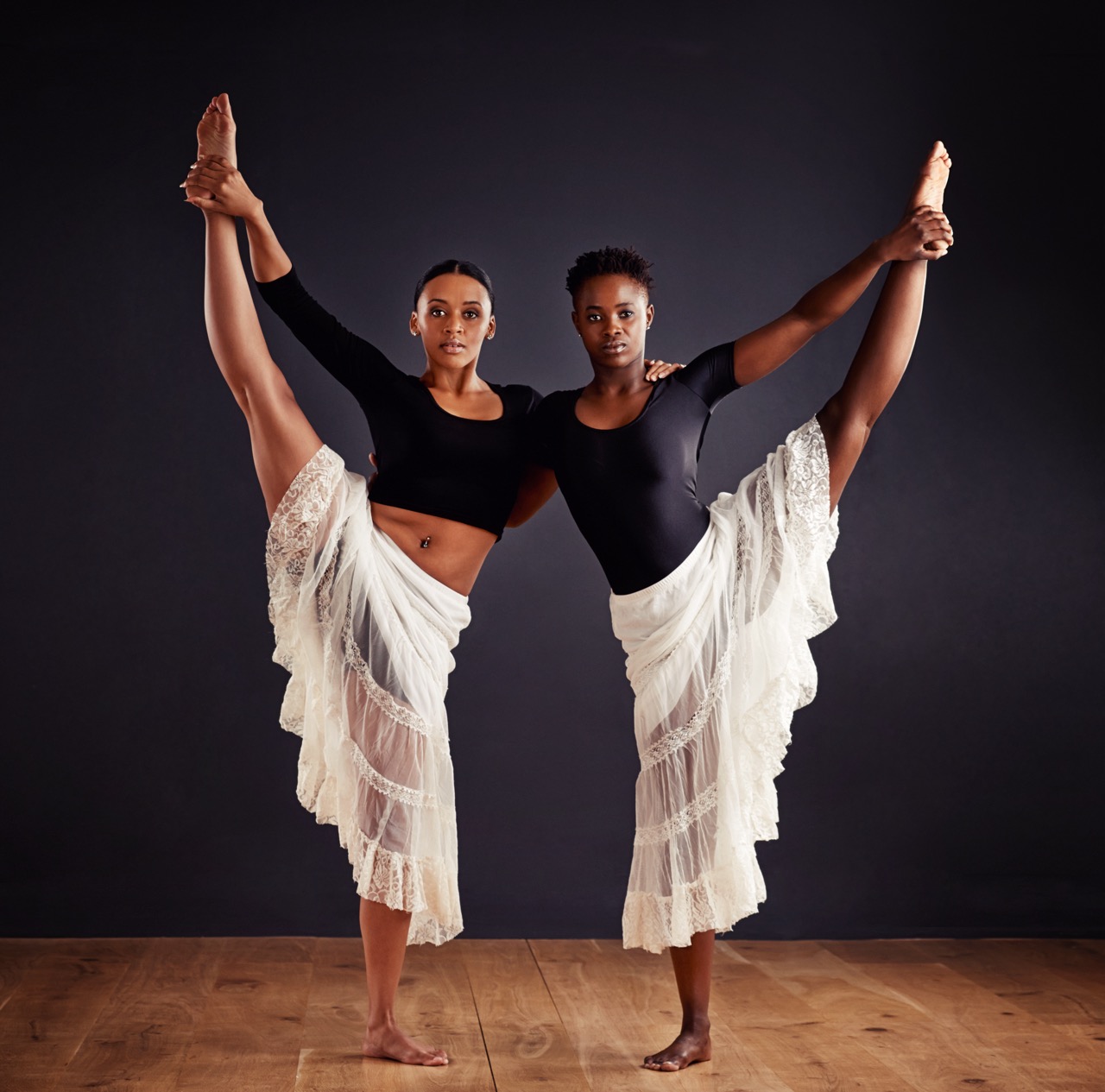In the realm of dance, where movement, expression, and emotion converge, innovation has always played a crucial role in enhancing the artistry. The advent of smart fabrics, textiles that incorporate advanced technologies, has ushered in a new era for dance wing construction. These innovative materials not only redefine the aesthetic elements of performance but also provide functionality that elevates the dancer’s experience and the audience’s perception. As the interplay between art and technology deepens, smart fabrics are set to revolutionize the way dance is created, performed, and experienced.
Weaving Innovation: The Rise of Smart Fabrics in Dance
The integration of smart fabrics into dance is a testament to the versatility of modern textile technology. These fabrics are embedded with sensors and conductive fibers that allow for real-time data collection and interaction. For instance, dancers can wear costumes that respond to their movements, lighting design, or even sound, creating a symbiotic relationship between the performer and their environment. This interactivity not only captivates audiences but also opens up new avenues for choreographers to explore complex narratives that were previously unimaginable.
Additionally, smart fabrics can be engineered to respond to environmental factors, such as temperature and humidity. By incorporating these adaptive textiles into dance wing construction, performers can maintain comfort and agility throughout their routines. The ability to regulate temperature and moisture content ensures that dancers can focus on their performance without the distraction of discomfort or fatigue, ultimately enhancing their overall performance quality. The combination of aesthetics and functionality provides a unique opportunity for choreographers to push creative boundaries while prioritizing performer wellbeing.
Moreover, the design and production of smart fabrics have become more accessible due to advancements in technology and manufacturing processes. This democratization of innovation allows emerging artists and independent companies to experiment with these materials in their performances. As a result, a wider array of dance styles and expressions can be explored, showcasing the potential of smart fabrics to inspire creativity and originality in the ever-evolving world of dance.
Enhancing Performance: The Benefits of Smart Textiles
The primary advantage of smart textiles is their ability to enhance dancer performance through improved functionality. These fabrics can monitor biometric data such as heart rate, muscle tension, and movement patterns, providing dancers and their choreographers valuable insights into physical performance. By analyzing this information, performers can refine their techniques, prevent injuries, and optimize their training regimens, ultimately leading to more powerful and expressive performances.
Furthermore, the incorporation of smart textiles into dance attire can aid in injury prevention. Sensors woven into the fabric can detect when a dancer is overexerting themselves or moving in a way that risks injury. By providing real-time feedback to the performer, these smart fabrics can alert them to adjust their movements, ensuring they maintain proper form and reduce the likelihood of strain or injury. This proactive approach to dancer health not only enhances individual performance but also contributes to the longevity of a dancer’s career.
The psychological benefits of wearing smart textiles also cannot be understated. Dancers often struggle with performance anxiety and the pressure to deliver flawless routines. The added support and reassurance provided by smart fabrics—such as responsive materials that adapt to movement—can instill a sense of confidence and empowerment in performers. When dancers feel comfortable and in tune with their attire, they can focus on their artistry and connect more deeply with their audience, thereby enhancing the emotional impact of their performances.
Creating Dynamic Spaces: Smart Fabrics in Dance Stages
In addition to enhancing individual performances, smart fabrics are transforming the very spaces in which dance takes place. Dance stages can now incorporate these sophisticated textiles into their design, creating dynamic environments that respond to the performance unfolding within them. For example, stages can be outfitted with smart fabrics that change color, texture, or pattern in response to movement, sound, or lighting cues. This fluidity allows for a more immersive experience for audiences, blurring the lines between performer and environment.
Moreover, smart fabrics can facilitate innovative set design that adapts in real-time. With the ability to program and control these responsive textiles, choreographers can manipulate the visual aspects of a performance, creating distinct atmospheres that enhance the storytelling. For instance, a fabric backdrop that shifts in color or shape during a particularly emotional moment can elevate the impact of the performance, drawing the audience deeper into the narrative being expressed on stage.
The use of smart fabrics in dance stages also promotes sustainability in performance design. Many of these innovative textiles are made from eco-friendly materials and can be reused or repurposed for various productions. By opting for smart fabrics, dance companies can reduce waste and environmental impact while simultaneously pushing the boundaries of creativity. This fusion of sustainability and innovation resonates with audiences who value artistic expression as well as environmental responsibility, making for a more conscious and thoughtful approach to dance performance.
Future of Dance: Merging Artistry with Technology in Fabric
As we look toward the future, the potential for smart fabrics to reshape the dance landscape is immense. The synergy between artistry and technology is paving the way for a more interactive and engaging form of performance art. Emerging trends in wearable technology and smart textiles promise to further enhance the connection between dancer and audience, allowing for a richer exchange of emotion and experience. This evolution not only invites new possibilities for choreographers but also encourages greater audience participation and engagement.
The ongoing research and development in smart textiles signal a shift towards a more holistic approach to dance education and training. As institutions and academies embrace these innovative fabrics, dancers of all levels will have access to tools that can help them hone their craft more effectively. The integration of technology in educational settings can foster a new generation of dancers who are not only skilled in traditional techniques but are also adept at utilizing cutting-edge materials to elevate their performances.
Ultimately, the merging of artistry and technology in fabric signifies a broader cultural shift where creative expression is increasingly intertwined with innovation. As dance continues to evolve, the incorporation of smart fabrics will not only redefine performance but also challenge traditional notions of what dance can be. By embracing these developments, the dance community can inspire future generations to explore new realms of creativity, expression, and connection through the art of movement.
The fusion of smart fabrics in dance wing construction is just the beginning of a transformative journey for the art form. As technology continues to evolve, so too will the possibilities for artistic expression and innovation. With the potential to enhance performance, create dynamic stages, and redefine the relationship between dancer and audience, smart fabrics represent a new frontier in the world of dance. As we stand on the precipice of this exciting evolution, one thing is clear: the future of dance is not only bright but also intricately woven with the threads of creativity and technology.










